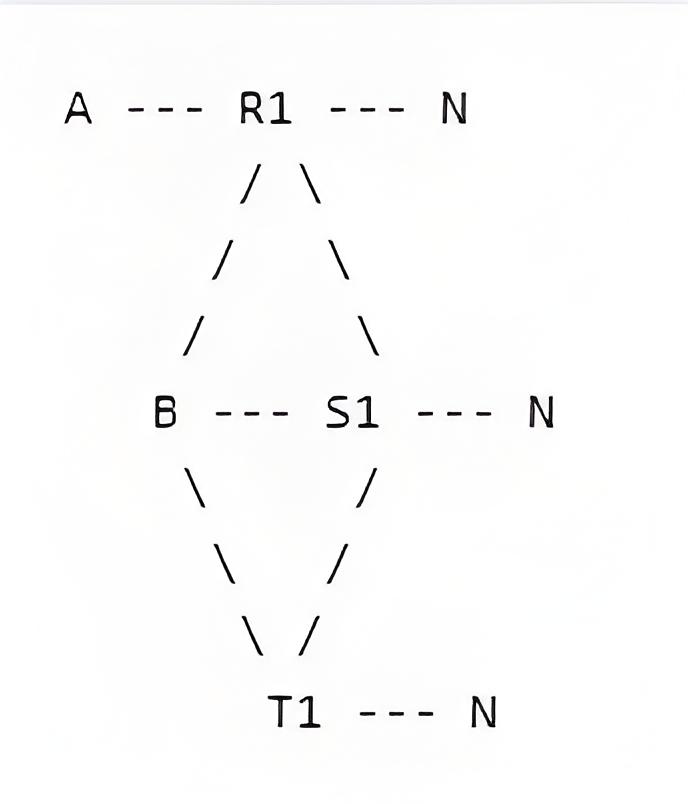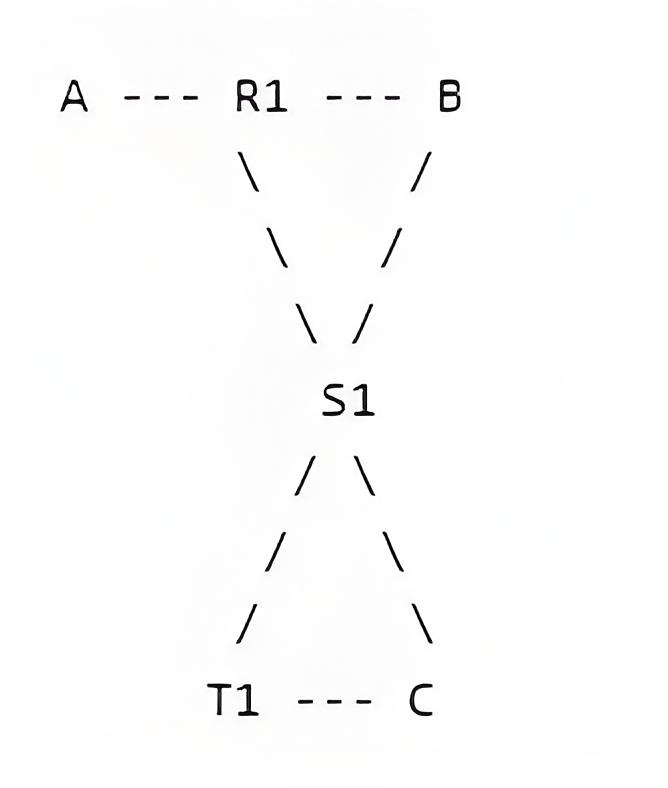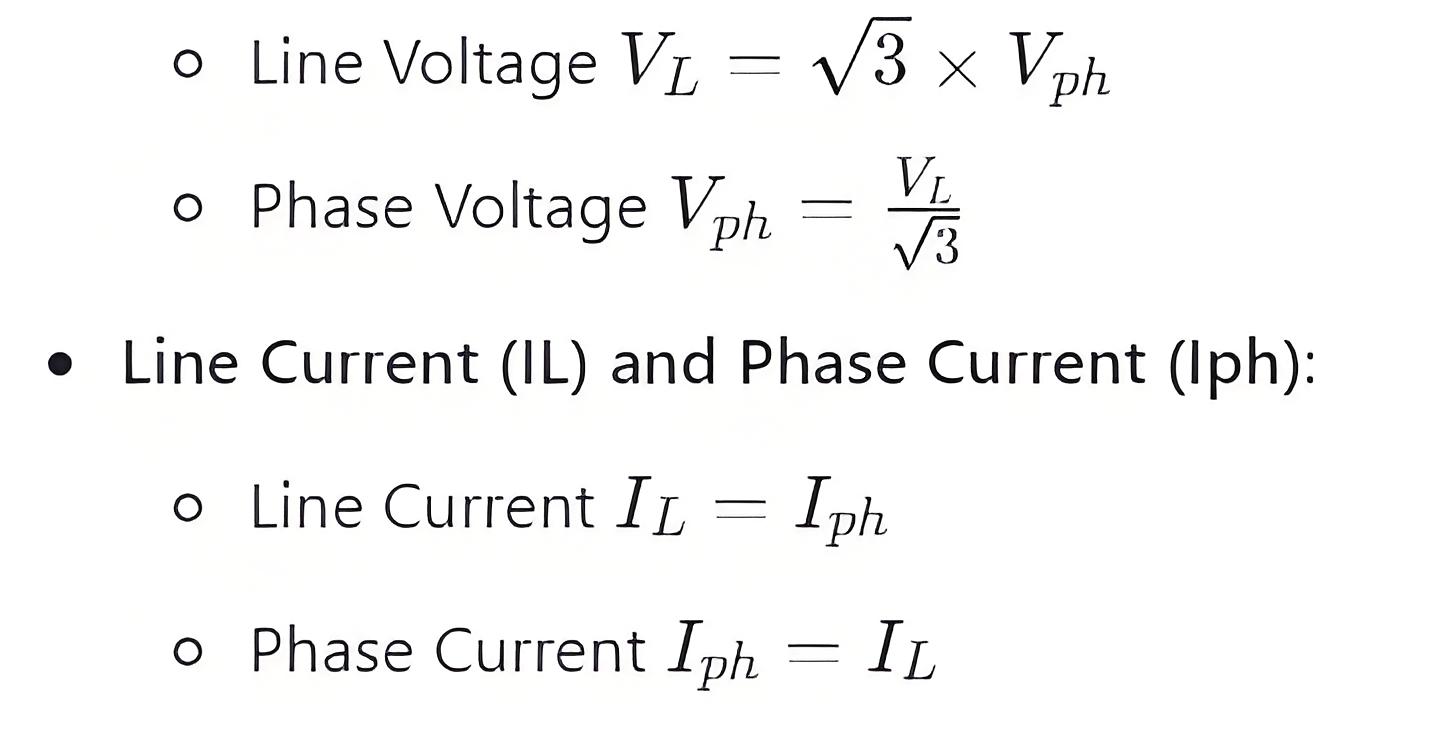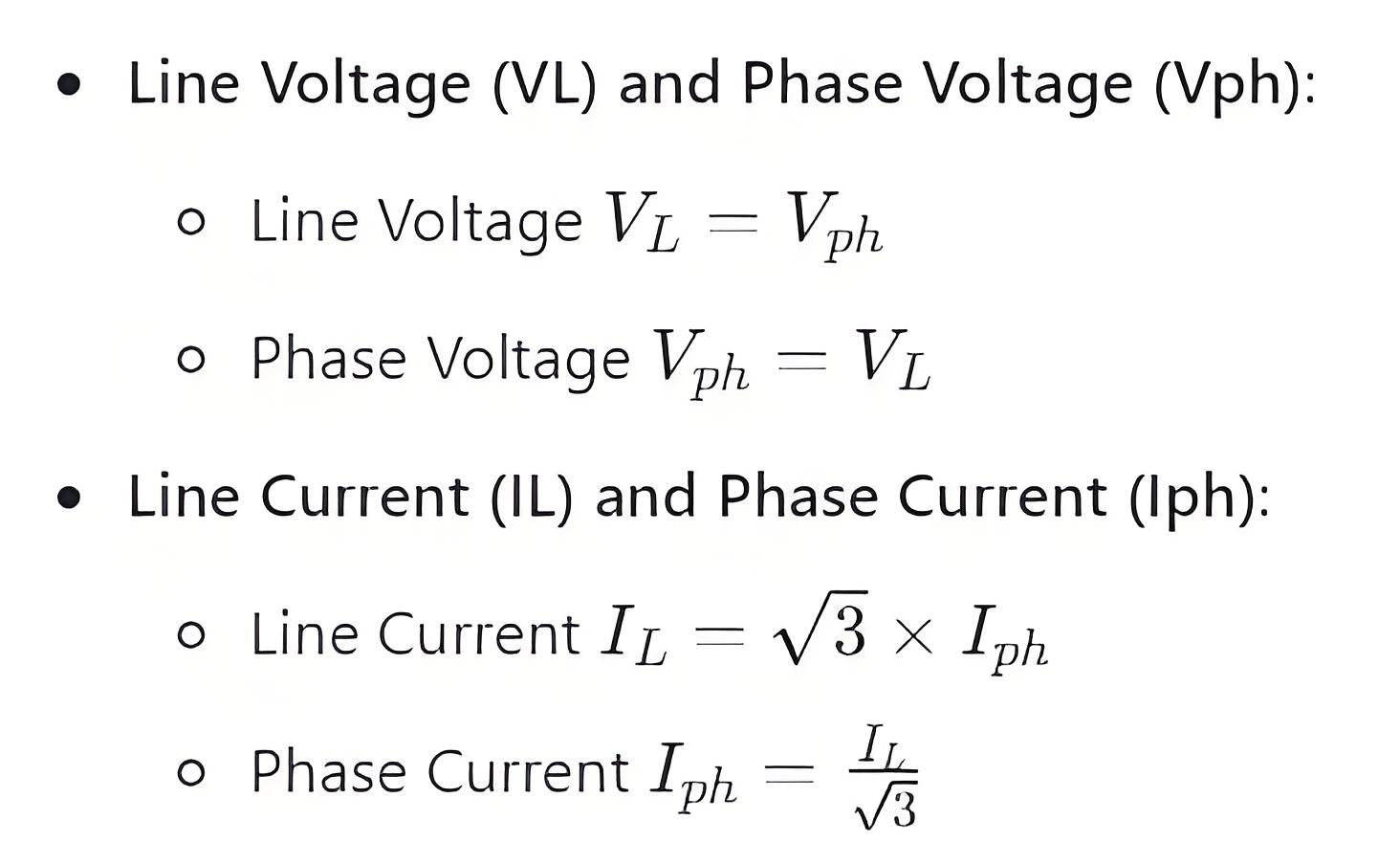What is the difference between a star connected motor and a delta connected motor?
Differences Between Star (Y) Connection and Delta (Δ) Connection in Motors
Star connection (Y-connection) and delta connection (Δ-connection) are two common wiring methods used in three-phase motors. Each connection method has its unique characteristics and applications. Here are the main differences between star and delta connections:
1. Connection Method
Star Connection (Y-Connection)
Definition: In a star connection, the ends of the three windings are connected together to form a common point (neutral point), while the starting points are connected to the three phase lines of the power supply.
Diagram:

Delta Connection (Δ-Connection)
Definition: In a delta connection, one end of each winding is connected to one end of another winding, forming a closed triangular loop.
Diagram:

2. Voltage and Current
Star Connection
Line Voltage (VL) and Phase Voltage (Vph):

Delta Connection

3. Power and Efficiency
Star Connection
Power: Power in a star connection

Efficiency: Star connection is typically used in low-power and low-voltage applications because the phase voltage is lower, and the current is lower, reducing copper and iron losses.
Delta Connection
Power: Power in a delta connection

Efficiency: Delta connection is suitable for high-power and high-voltage applications because the phase voltage equals the line voltage, and the current is higher, providing higher output power.
4. Starting Characteristics
Star Connection
Starting Current: The starting current in a star connection is lower because the phase voltage is lower, resulting in less current surge during startup.
Starting Torque: Starting torque is relatively low but sufficient for light or medium loads.
Delta Connection
Starting Current: The starting current in a delta connection is higher because the phase voltage equals the line voltage, resulting in a larger current surge during startup.
Starting Torque: Starting torque is higher, suitable for heavy loads.
5. Applications
Star Connection
Applicable Occasions: Suitable for low-power and low-voltage applications, such as small motors and household appliances.
Advantages: Lower starting current, moderate starting torque, suitable for light or medium loads.
Delta Connection
Applicable Occasions: Suitable for high-power and high-voltage applications, such as large industrial motors, pumps, and fans.
Advantages: Higher starting torque, suitable for heavy loads, higher output power.
Summary
Both star connection and delta connection have their own advantages and disadvantages, and the choice of which to use depends on the specific application requirements. Star connection is suitable for low-power and light-load applications, while delta connection is suitable for high-power and heavy-load applications. Understanding the characteristics and differences of these two connection methods helps in selecting the appropriate motor wiring method to optimize system performance.
The Electricity Encyclopedia is dedicated to accelerating the dissemination and application of electricity knowledge and adding impetus to the development and innovation of the electricity industry.













